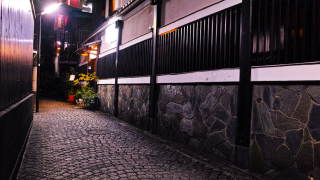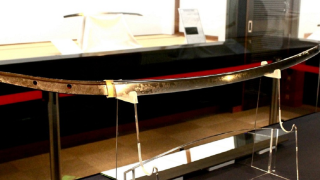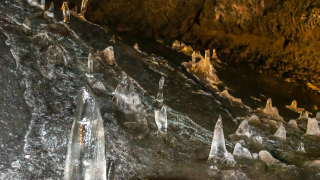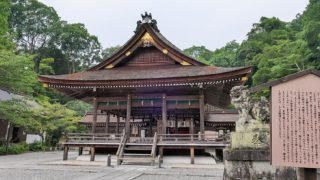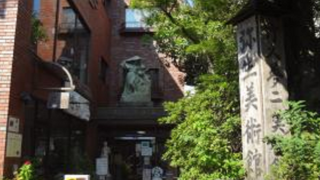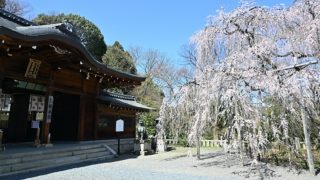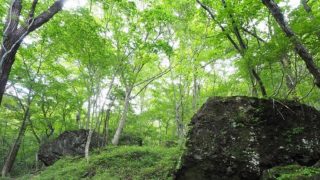 CONTENT
CONTENT The Sacred Land of Demon Slayer: Mount Kōshin (Tochigi & Gunma Prefectures) A Place Connected to the Birthplaces of Serpent Hashira Obanai Iguro and Mist Hashira Muichiro Tokito
Covered in ancient forests and veiled in fog, Mount Kōshin is more than just a mountain — it is a living sanctuary of prayer and reflection. The solitude of Obanai Iguro and the tranquil strength of Muichiro Tokito seem to merge with the very breath of this sacred land. Here, the act of facing oneself becomes a spiritual journey, just as it is for the warriors of Demon Slayer.


